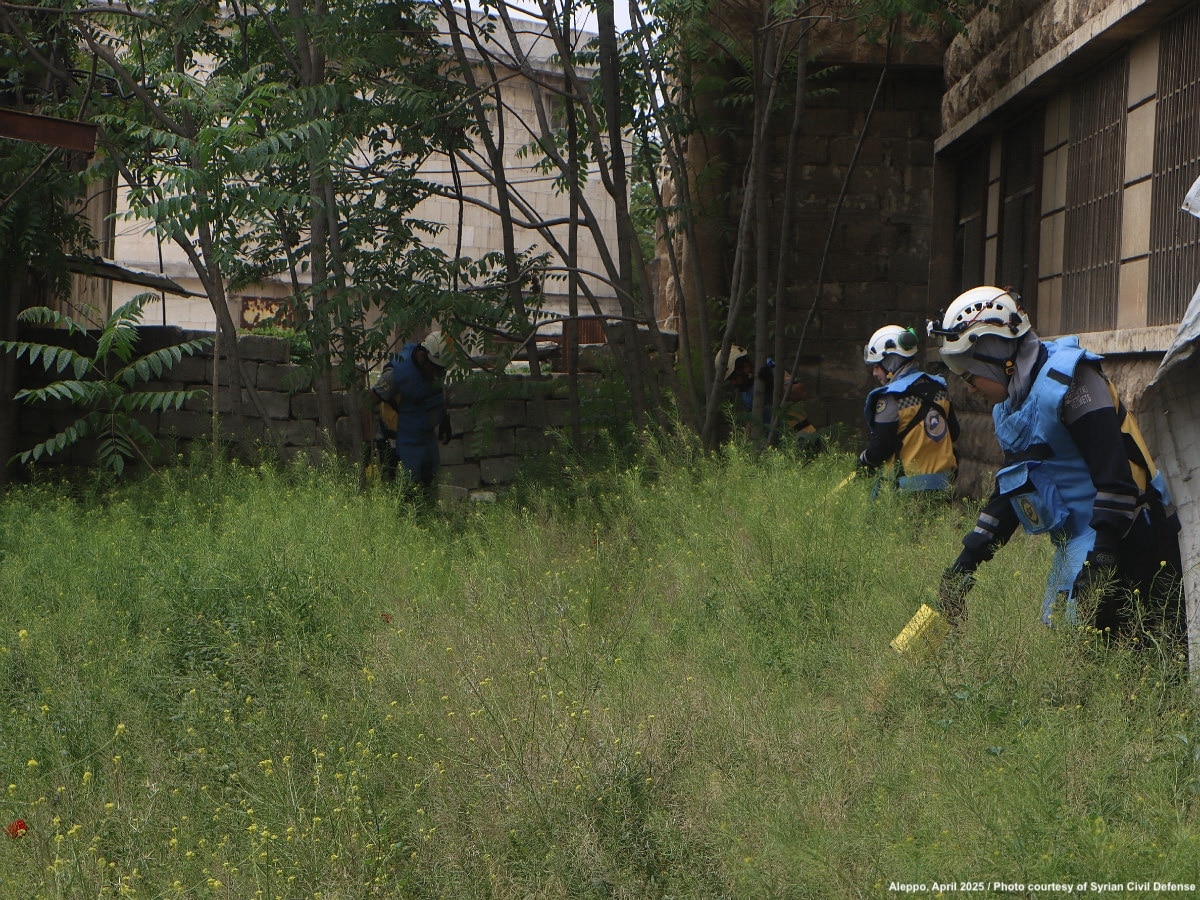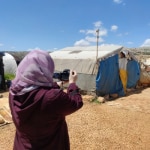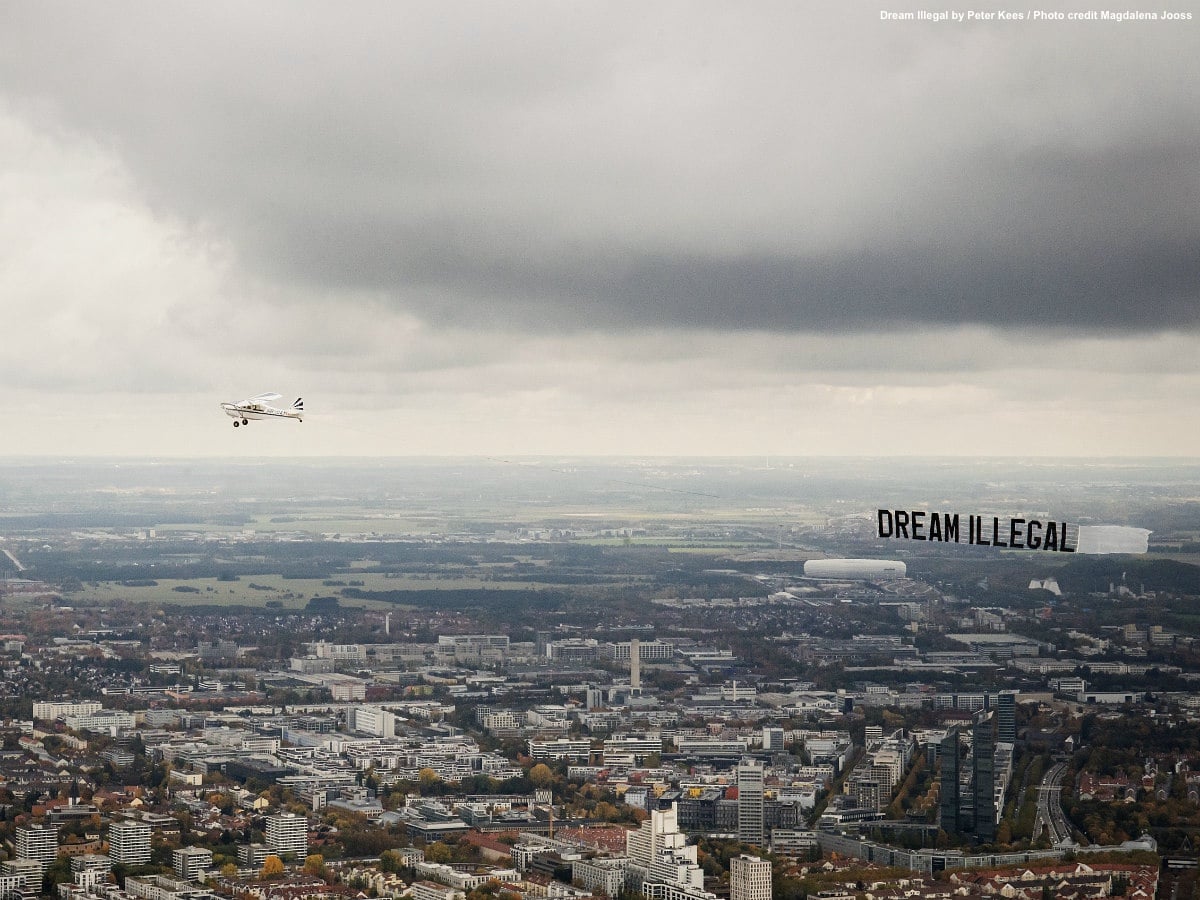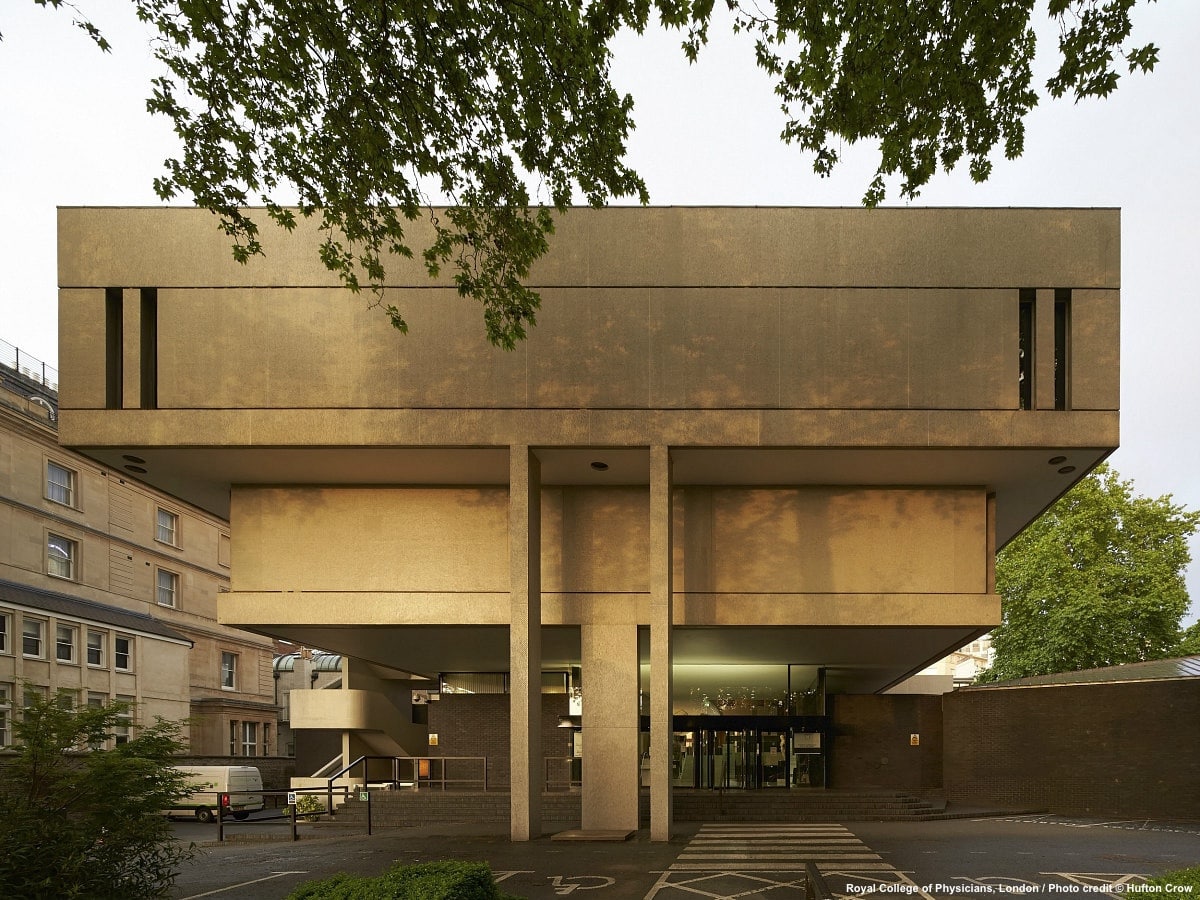Listen to the audio version of this article (generated by AI).
Last August, Halima Al-Diob was clearing the yard around her house in Al-Shaar neighborhood in Aleppo, Syria, after returning from asylum in Turkey. Suddenly, her eyes fell on a shell among the weeds. She pulled her daughter close and went to report the finding. Within hours, a team from the Syrian Civil Defense showed up at her house, evacuated the area, defused the shell, and carefully secured the site.
But others face a different fate. In early 2025, 12-year-old Ali Al-Jassem thought he could remove “a piece of metal” from the ground among the rubble of the partially destroyed building in Aleppo, where he lives with his family. Hours later, he woke up in a hospital and realized he had lost his leg. Since then, his mental health has deteriorated, and he refuses to go to school because his family can’t afford a prosthetic limb.
Following the fall of the al-Assad regime on December 8, 2024, reports of deaths and injuries from war remnants, including anti-personnel and anti-tank mines, began to emerge. Years of urban fighting left Aleppo not only with destroyed buildings, but also with an urban land infested with delayed death. Booby-traps, unexploded ordnance, and improvised landmines are still hidden in rubble in residential areas, streets, markets, schools, and infrastructure sites.
Landmines and unexploded ordnance have become the ghosts haunting the people of Aleppo. After years of living in refugee camps, landmines make the return of survivors to their homes, and the rebuilding of post-war cities, tough.
Every day, the Syria Civil Defense team, a Syrian-led humanitarian group founded in 2013 by volunteers widely known as White Helmets, receives numerous reports of war remnants from local residents.
Ola Al-Jaber, 29, of the Syrian Civil Defense team in Aleppo, notes that the months after the fall of the regime were exceptionally busy for her and her colleagues. “When the regime fell, we knew that all of Syria was probably contaminated with war remnants. There were very few mine-clearing experts in the country, so we [women] decided to redouble our efforts to save lives and help people return safely. To us, clearing one mine means a new life.”
Al-Jaber highlights the dedication of her all-female team to removing war remnants and protecting the public from their dangers. If the mines are not visible, they search carefully, step by step, using metal detectors or trained dogs to locate them. The team then places simple markers — such as stones or signs — to warn people.
The Syrian Civil Defense opens and publicizes “safe corridors” for people to use. They are advised to follow designated paths, avoiding danger by sticking to well-known routes and steering clear of abandoned land.
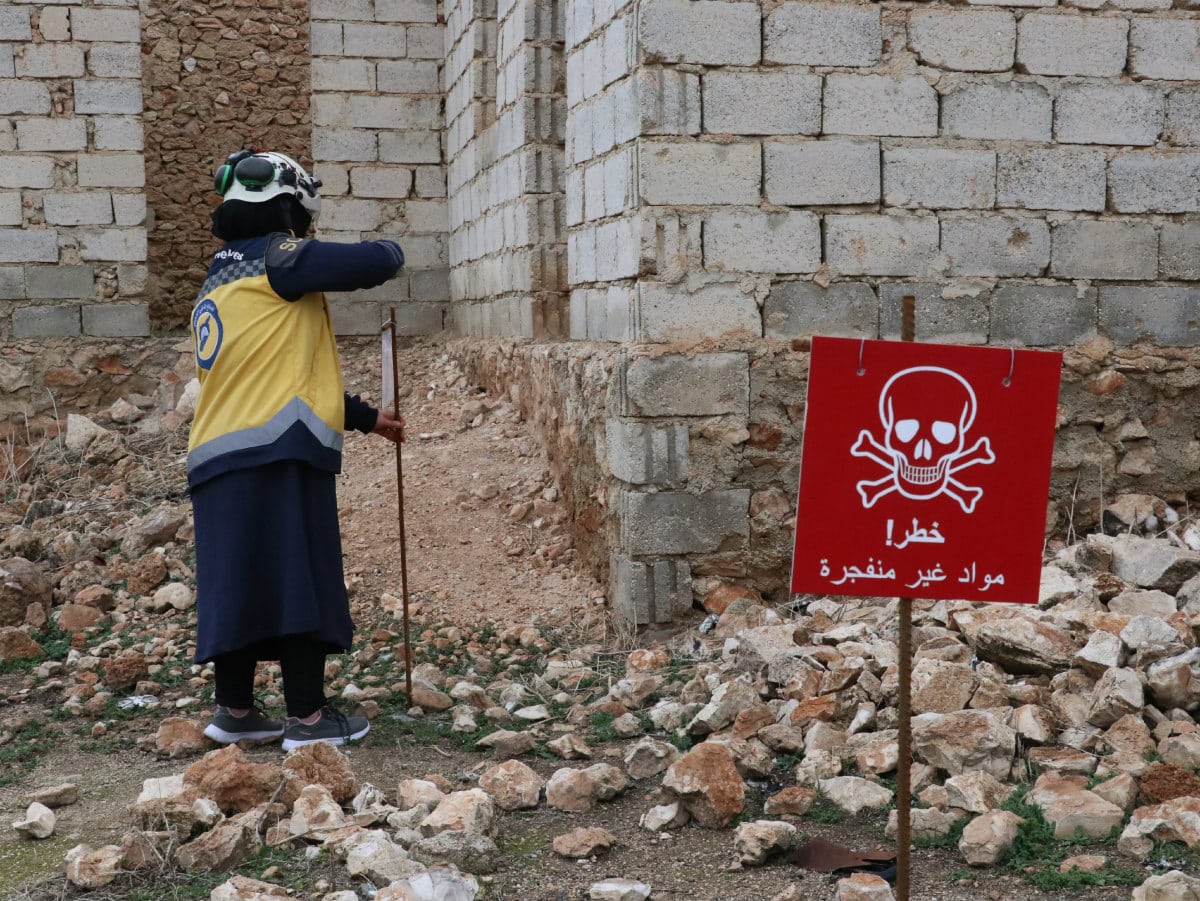
Iman Atouk, director of the War Remnants Clearance Center in Aleppo, explains the challenges her all-female team encounters in a city where many neighborhoods are still unsafe or inaccessible. “The most significant obstacles we face in Aleppo are the high population density, demolished buildings that conceal mines underneath them, the difficulty of using large equipment, and the fear of a sudden explosion during our work.” She emphasizes that before any rebuilding in cities can start, the land must first be cleared of mines, secured, and the rubble removed, allowing for a gradual and systematic post-war reconstruction process.
All these women have been trained by The HALO Trust, the world’s largest non-governmental humanitarian organization specializing in the removal of landmines and explosive remnants of war. Muayad Al-Noufali, the Deputy Director of The HALO Trust in Syria, states, “We encourage women to work in mine clearance despite the challenges they face, because for a long time this field was seen as exclusive to men. The involvement of women in mine clearance is not just about giving them job opportunities; it also enhances their integration into society and increases their influence within their communities and families.”
According to Al-Noufali, the teams have cleared nearly 100,000 square meters of contaminated land in the cities of Aleppo and Idlib. He adds, “War remnants significantly affect the lives and daily activities of civilians. They not only hinder the reconstruction of homes, schools, and hospitals but also limit the possibility of farming.” The insecurity deprives farmers of their ability to cultivate land in the outskirts of cities and across Syria’s countryside, preventing them from feeding the population.
Salma Al-Awad, 30, spends her days moving between valleys and plains, carrying a mine detector under the scorching sun. “When I hear its buzzing sound, I slowly kneel, weighed down by my protective vest, and carefully brush away the dust from the suspicious object, which could explode at any moment,” she says.
“My family says my work is dangerous, and that’s true,” she adds. “I deal with explosives that could end my life. But we Syrians have faced harsh conditions before and have always proven our ability to overcome challenges.” She expresses her happiness at being able to challenge the stereotype of women in Syria. “I want to prove that a woman can do the same jobs as a man, and I want to give my best,” she says proudly. “I am working to improve my skills by pursuing more training to enhance my experience, and I am happy knowing that my work helps people.”
Recommended Read: The Survival of the City of the Dead in Cairo
Lama Haj Qaddour, a team leader for another demining squad and a mother of three in the city of Idlib, chose to enter this field despite the risks, to prove that demining is not an exclusively male profession. “My primary motivation was to protect the lives of civilians — children, women, and men — especially for people returning to their cities after the fall of the Assad regime. Demining has become an urgent necessity.”
She calls on authorities, humanitarian organizations, and relevant specialized bodies to intensify their efforts in locating explosives and to work harder to eliminate all forms of war remnants permanently. Additionally, she emphasizes the importance of awareness campaigns about the dangers of landmines and unexploded ordnance, teaching people, especially children, how to identify them and what to do to enhance their protection and promote security and stability in the region.
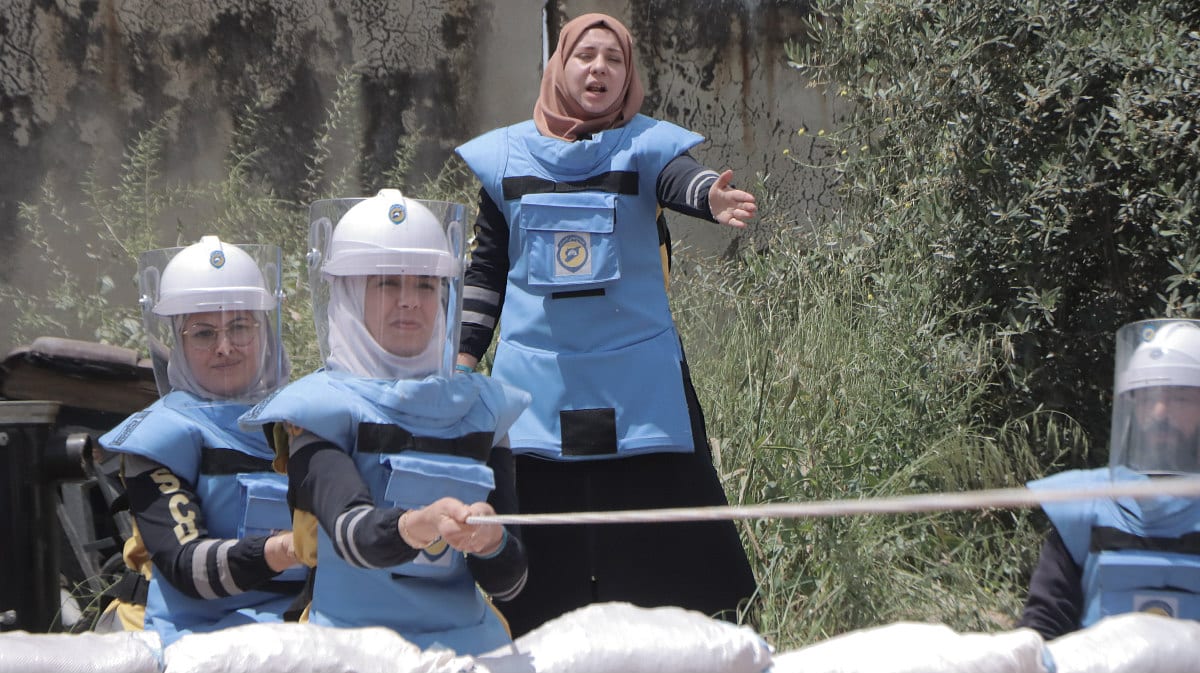
According to the Syrian Observatory for Human Rights, from the fall of the Syrian regime on December 8, 2024, until August 13, 2025, 584 civilians lost their lives due to the explosion of war remnants, including 158 children and 38 women. Additionally, 620 people were injured, including 268 children and 17 women. Children are significantly affected by unexploded ordnance.
On April 8, 2025, Human Rights Watch stated that landmines and explosive remnants of war pose a significant obstacle to safe returns and rebuilding efforts in Syria, particularly in post-war cities. Architecture academic and researcher Ammar Azzouz returned to the ruins of his own city, Homs, after 14 years of living in exile and while studying urban destruction in war. After his visit, he wrote an op-ed in which he argues that “erasure becomes a tool to destroy a people’s identity, to make the return of survivors to their ruins extremely difficult.” Landmines prolong the effects of erasure.
However, as he walks through the streets of Homs, he remains hopeful: “Some streets were still empty — even those with buildings intact — the homes empty and waiting for their people to return. But life emerged slowly in others. Families were living inside ruined buildings.”
Rebuilding cities and restoring security across post-war Syria will be a long process. The work of clearing war remnants is never easy—it is extremely dangerous. But the weary faces and unbroken spirits of these fearless and determined Syrian women bravely confront the post-war dangers of searching for and dismantling mines, working tirelessly day and night to save lives and rebuild the cities they long for.
